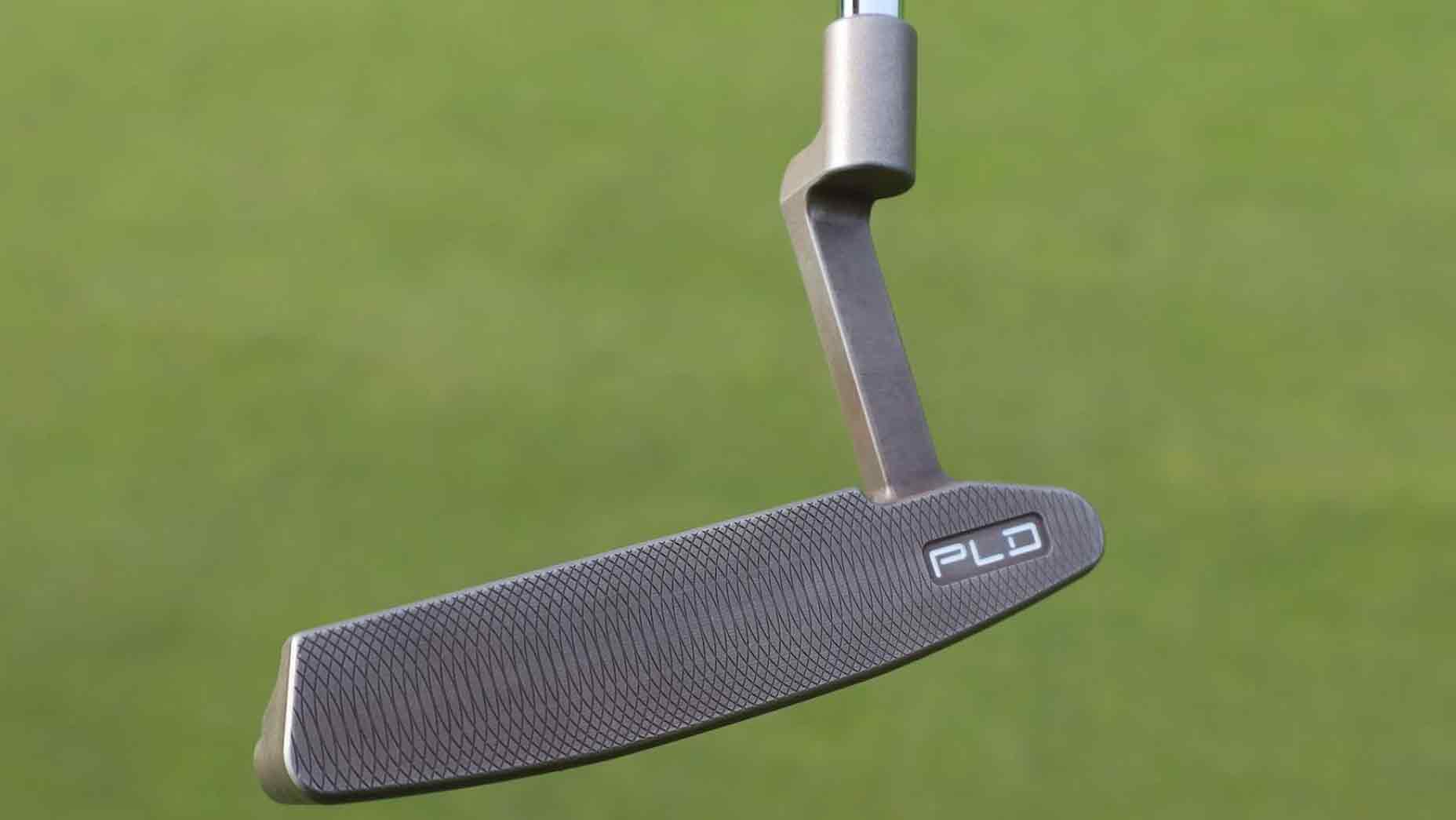The concept of feel is ingrained in golfers from the first time we pick up a club and make solid contact, but what does feel actually mean, and how is it quantified?
Golf club feel can be measured in a number of different ways, the first being total weight, which is calculated by how much a club physically weighs when set on a standard scale, and swing weight, which uses a golf-specific scale to assign a value to how the golf club is balanced.
As far as swing weight is concerned, there is no right or wrong, it is simply a measurement of how the components (head, shaft, and grip) relate to each other in the assembled system that is the club.
Feel we can’t measure
The second way a golf club is described as having “good or bad” feel comes down to the sound it produces on impact and what we interpret acoustically.
To illustrate the way acoustics play a vital role in how we determine good versus bad feel, a famous example is of a pro who hit his first tee shot on a cold day while wearing a wool cap that covered his ears. At impact he reacted with disgust and immediately turned to his caddy to find out where the ball went. To his surprise, he hit a perfect drive down the middle, but because the hat altered what he heard at impact, his perception was that the contact was poor.
When it comes to putters, acoustics not only helps our brain pick out which one feels the best for us, it also has an impact on how we are able to control speed and distance on the greens, since every golfer will have their own individual preference.
Firm putter
A putter with no visible mill marks is going to have a firmer feel and higher-pitched sound because the maximum amount of surface area is being contacted by the ball at impact. This higher amount of contact creates a higher frequency and louder, clickier sound — with the end result being a firmer feel.
Softer Putter
A putter with more visible mill marks will have a softer feel and more muted sound because less surface area of the face is being contacted by the ball. This lower amount of face contact caused by the valleys in the milling makes the putter head vibrate at a lower frequency, with the end result being a softer feel.
Softest putter
A putter with more visible deep mill marks will have the softest feel and most muted sound because even less surface area of the face is being contacted by the ball. This minimum amount of face contact caused by the deep valleys in the face milling mutes the sound at impact, with the end result being the softest feeling in an all-metal putter.
The type of face milling you prefer as a golfer will come down to personal preference, along with how that face pairs with the type of ball you use. So next time you are looking at purchasing a putter, pay close attention to the type of face it has and be sure to test it with the golf ball you play with.
